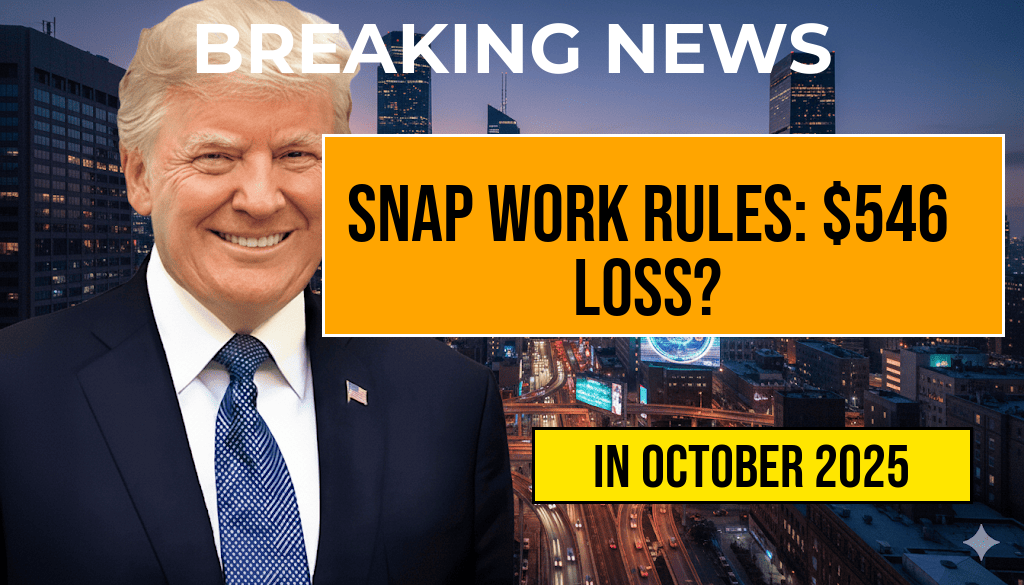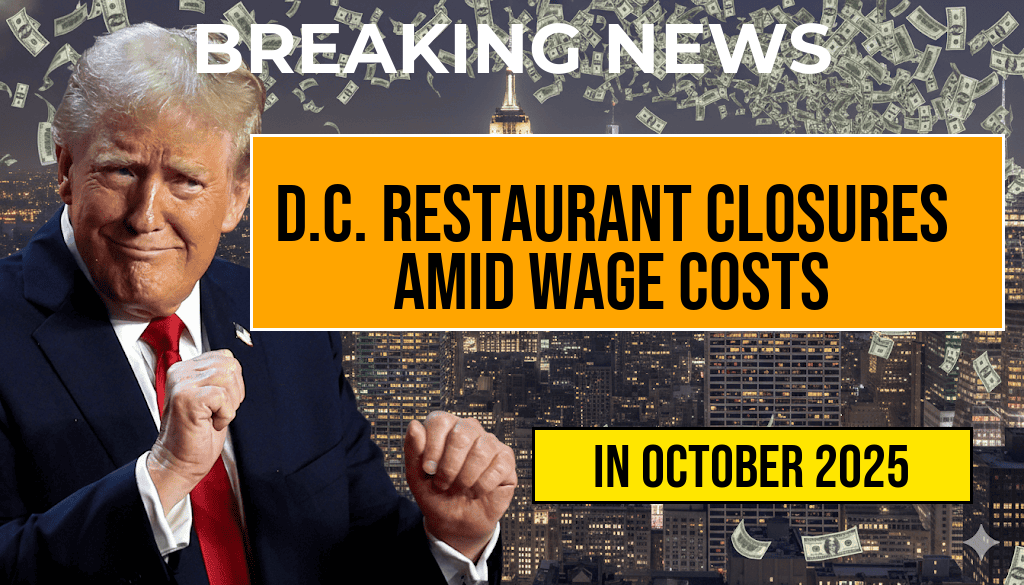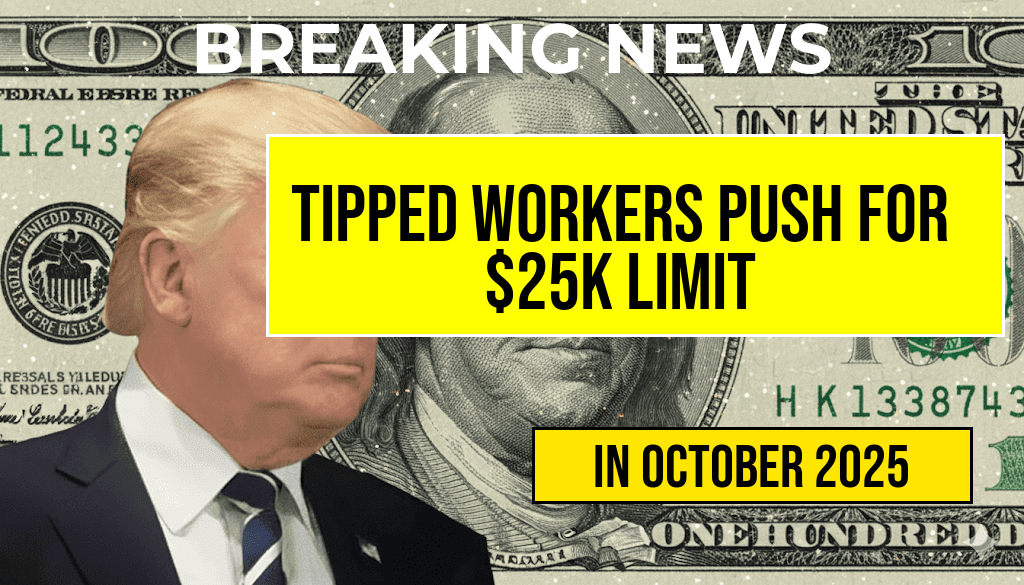DC Dining Surcharges Surpass $20 Per Check as Wage Regulations Push Up Costs
Recent reports indicate that dining establishments across Washington, D.C., are increasingly adding surcharges exceeding $20 per bill, a trend largely driven by recent changes in wage and labor regulations. As the city enforces higher minimum wages and mandates more comprehensive employee benefits, restaurant operators are passing these increased costs onto consumers through various surcharges. This shift has sparked debate among diners, industry insiders, and policymakers about the sustainability of such practices and their implications for the local hospitality economy.
Data collected from multiple local restaurants reveal that surcharge amounts can vary widely, often depending on the size of the bill, the type of establishment, and the specific labor costs involved. In some cases, patrons are encountering additional fees labeled as “labour surcharges” or “service fees,” which in certain instances eclipse the $20 mark for a typical dining check of $100 or more. This surge is emblematic of broader economic pressures faced by the restaurant sector amid rising wages mandated by city ordinances, including the phased increase in the minimum wage to $16.10 per hour by 2025 for large employers.
Wage Regulations and Their Impact on Restaurant Operations
Rising Minimum Wages and Employee Benefits
- Minimum wage increases: Washington, D.C., has steadily raised its minimum wage over the past few years, aiming to reach $16.10 by 2025 for large employers, with smaller businesses subject to different schedules. This policy aims to improve living standards but also raises operational costs.
- Mandatory benefits: Additional requirements such as paid sick leave, health insurance contributions, and scheduling transparency further inflate labor expenses for restaurant operators.
- Labor shortages: The hospitality sector has grappled with staffing challenges, prompting some venues to offer higher wages to attract and retain workers, compounding cost increases.
Passing Costs to Consumers
Faced with these rising expenses, many restaurants are adopting surcharge strategies to maintain profitability. Unlike tips, which are voluntary and often variable, surcharges are explicitly added to the bill, giving operators a way to offset labor costs without directly raising menu prices. However, when surcharges exceed $20 per check, they significantly alter the traditional dining experience and may influence customer perceptions and behaviors.
Industry Perspectives and Consumer Reactions
Restaurant Owner Concerns
Owners argue that surcharges are a necessary response to the evolving regulatory landscape. A representative from a popular downtown eatery explained, “We’re committed to paying fair wages and providing good benefits, but the costs are substantial. Surcharges help us keep our doors open while honoring our staff.” Nonetheless, some operators admit that the surcharges can deter casual diners or lead to negative reviews if not clearly communicated.
Customer Feedback and Trends
Consumers have expressed mixed reactions, with some understanding the need for higher wages, while others feel overwhelmed by additional fees. A recent survey indicated that over 35% of diners noticed surcharges exceeding $15 on their checks, with a subset reporting checks above $20. Many patrons report feeling surprised or disappointed when such fees are added without prior disclosure.
Financial Breakdown: Surcharges and Their Effect on the Check
| Cost Element | Amount |
|---|---|
| Subtotal (Food & Beverage) | $100.00 |
| Service Charge (15%) | $15.00 |
| Surcharge for Wages & Benefits | $20.00 |
| Total Check | $135.00 |
In this example, the combination of traditional gratuity and mandated surcharges pushes the total bill well beyond the initial food and beverage costs. Such figures exemplify how regulatory-driven expenses are reshaping the financial landscape for both consumers and restaurateurs.
Looking Ahead: Regulatory and Economic Challenges
As Washington, D.C., continues to enforce aggressive wage policies, restaurants will need to navigate the delicate balance between fair compensation and business viability. Some industry advocates suggest exploring alternative approaches, such as tiered pricing models or transparent disclosures, to mitigate customer pushback. Meanwhile, policymakers are under pressure to consider the economic impact of wage hikes on small businesses, which often operate on thin margins.
Resources and Further Reading
- Wage Labor in the United States – Wikipedia
- How Wage Increases Are Impacting Hospitality Businesses – Forbes
Frequently Asked Questions
What are the main reasons for dining surcharges exceeding $20 per check in DC?
The primary reason is the implementation of wage regulations that increase labor costs for restaurants. To offset these expenses, establishments often apply higher surcharges per check, sometimes exceeding $20.
How do wage laws impact restaurant pricing in Washington, DC?
Wage laws in DC mandate higher minimum wages and benefits, which lead to increased labor costs for restaurants. These costs are typically passed on to customers through dining surcharges and higher menu prices.
Are there specific regulations that cause surcharges to be so high in DC?
Yes, recent wage regulations and labor policies in DC have mandated significant increases in employee wages and benefits, resulting in restaurants implementing surcharges that can exceed $20 per check to maintain profitability.
What should customers know about surcharges related to wage regulations?
Customers should be aware that dining surcharges in DC are often a direct result of wage regulations designed to improve worker compensation. These surcharges help restaurants cover increased labor costs.
Can restaurants avoid high surcharges by adjusting their operations?
While some restaurants might try to absorb costs or reduce other expenses, wage regulations make it challenging to avoid passing on increased labor costs to customers through surcharges. However, transparency about these charges can help manage customer expectations.










